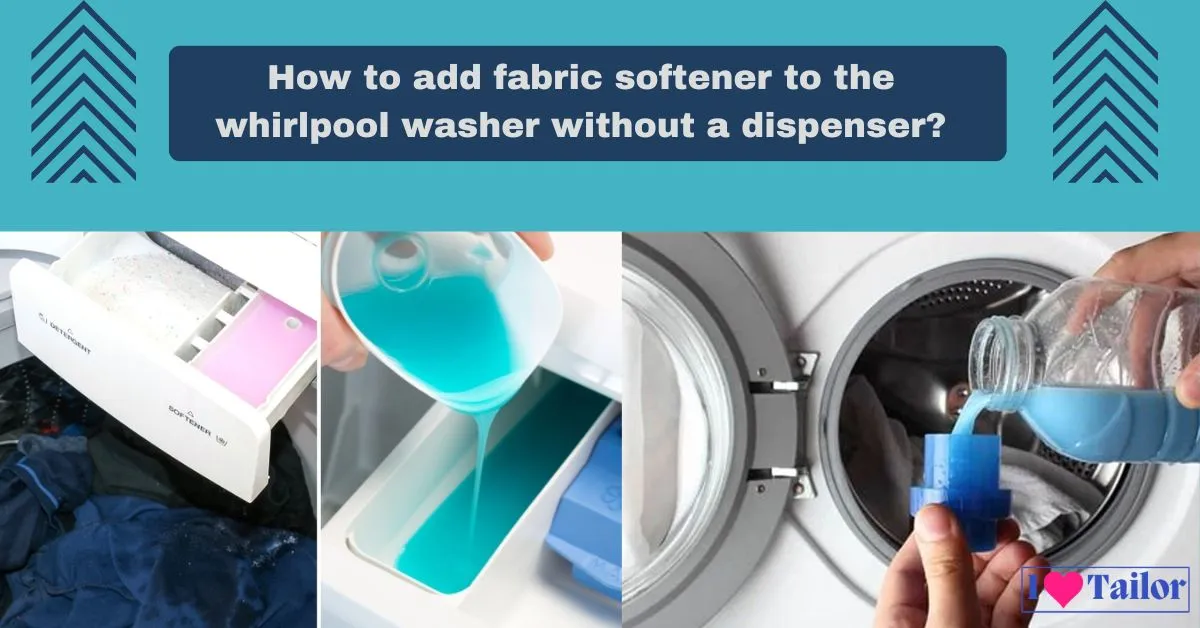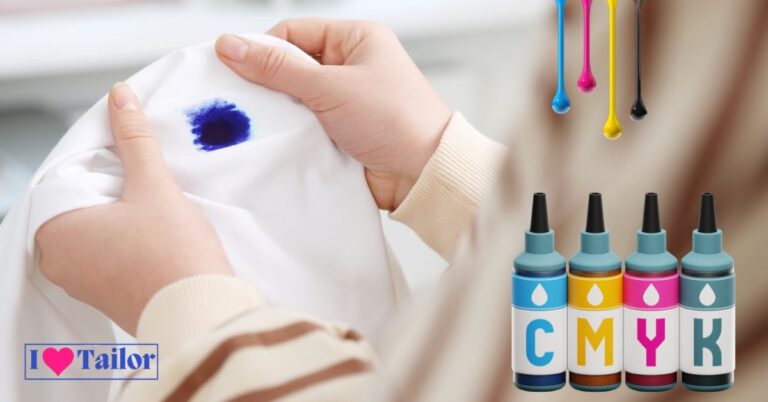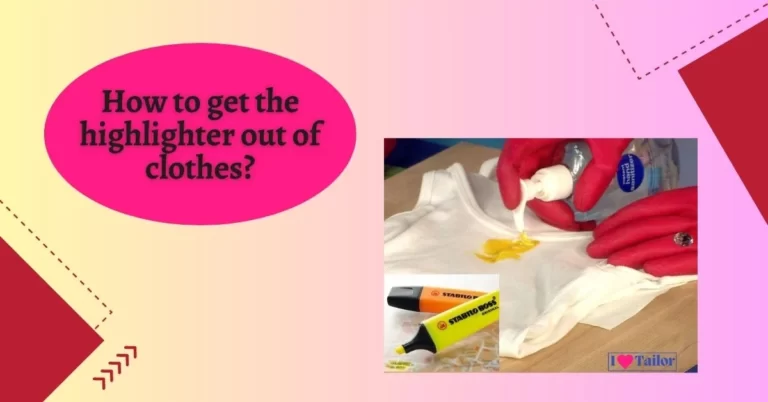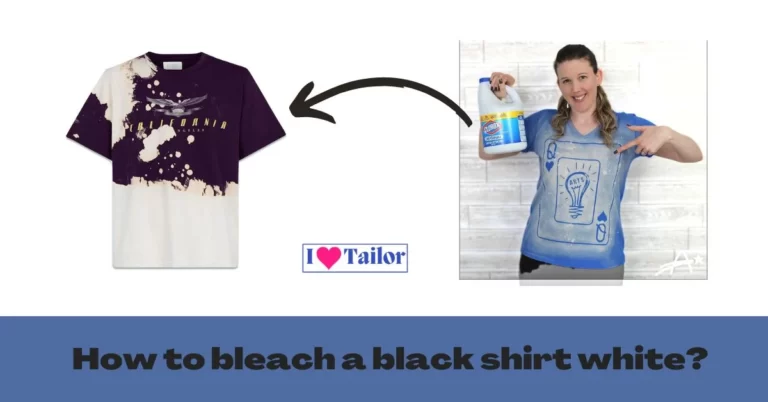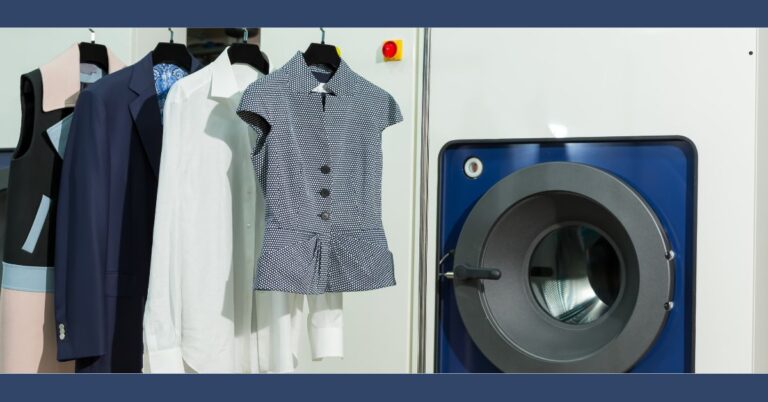How to add fabric softener to a whirlpool washer without a dispenser?
Every home laundry process is incomplete without the softness and crisp scent that fabric softeners bestow on your clothes. They’re designed to work in harmony with your washing machines, keeping the static away while making your fabrics incredibly soft. But what happens when your washing machine lacks a dedicated fabric softener dispenser? Well, that doesn’t mean you should miss the wonderful advantages of fabric softener. A more thorough explanation of, “How to add fabric softener to a whirlpool washer without a dispenser?” is provided below.
Related post: Wedding 3-piece suit design
Understanding your Whirlpool washer

Whirlpool is a globally recognized brand renowned for manufacturing innovative and reliable home appliances, including washing machines. If you have a Whirlpool washer in your home, understanding its features, functionalities, and the best way to operate it can significantly enhance your laundry routine.
Key features of a Whirlpool washer
While specific features can vary across different models, most Whirlpool washers possess some common characteristics:
- Wash programs: Whirlpool washers come equipped with various wash programs designed for different types of fabrics and laundry loads. These may include settings for cotton, delicates, heavy-duty wash, quick wash, and more. Some advanced models also offer customizable settings to match your specific needs.
- Capacity: Whirlpool washers are available in different capacities, ranging from compact models suitable for single individuals or couples to larger models ideal for families.
- Efficiency: Many Whirlpool washers are high-efficiency models that use less water and energy compared to traditional washers. These models typically have a larger capacity and lack a central agitator, providing more room for laundry.
- Load type: Whirlpool offers both front-load and top-load washers. While the choice between the two largely comes down to personal preference, each has its benefits. Front-load washers are usually more energy-efficient and gentle on clothes, while top-load washers are often easier to load and unload.
- Advanced technologies: Some Whirlpool washers come with advanced features like smart home compatibility, allowing you to control and monitor your washer remotely via a smartphone app. Other technologies may include a load-and-go dispenser, which holds enough detergent for multiple loads, and intuitive touch controls for easy operation.
Getting to know your fabric softener
Before delving into the process, it’s essential to understand what fabric softener does. Fabric softener serves multiple purposes.
Firstly, it minimizes the static charge in your clothes, making them less clingy and more comfortable to wear.
Secondly, it imparts a pleasant fragrance that leaves your clothes smelling fresh for extended periods. Finally, it enhances the feel of your clothes, making them softer and cozier. For optimal results, fabric softener needs to be introduced during the final rinse cycle. That’s because its components need to stay on the clothes after they’ve been washed. If you add it too early, the washing machine might rinse it away, rendering it less effective.
Detailed steps for adding fabric softener to a Whirlpool washer without a dispenser
If your washing machine lacks a built-in fabric softener dispenser, you’ll need to manually add the fabric softener. Here’s a step-by-step guide on how to do it right:
Start your wash cycle
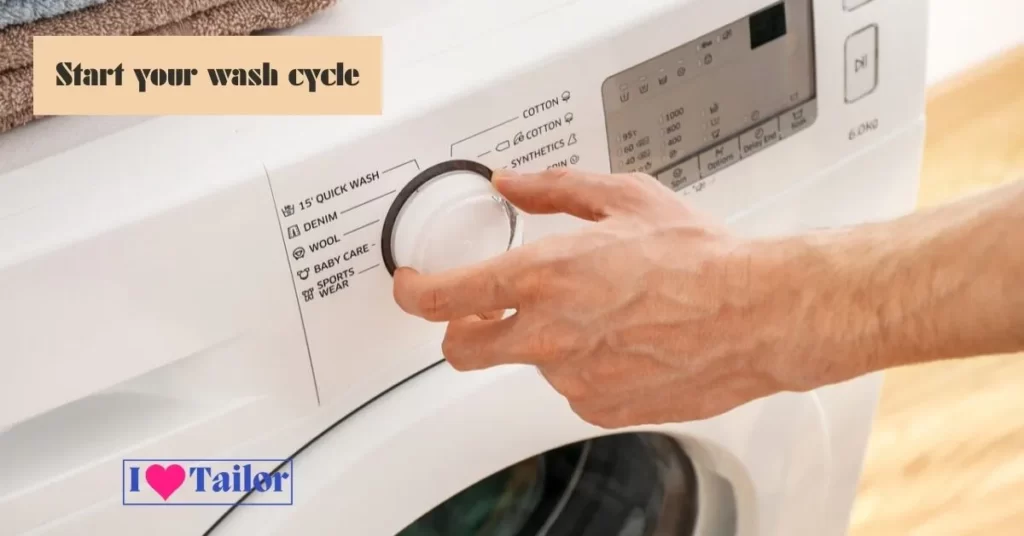
Start by loading your laundry into your Whirlpool washing machine. Then, add your choice of laundry detergent. Next, set your washing machine settings to your preferred levels (temperature, load size, etc.). Initiate the wash cycle.
Timing the addition of fabric softener
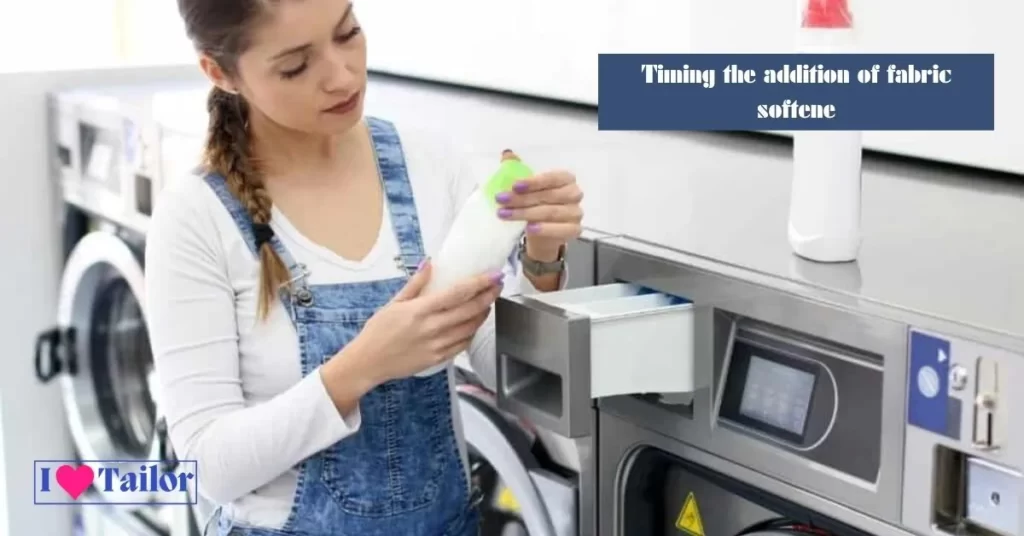
The timing of the fabric softener addition is crucial. Remember, the softener is to be introduced during the rinse cycle, which usually occurs after the wash cycle. When a Whirlpool machine switches from washing to rinsing, the noise level decreases as the washer drains the soapy water. Keep an ear out for this change.
Prepare your fabric softener
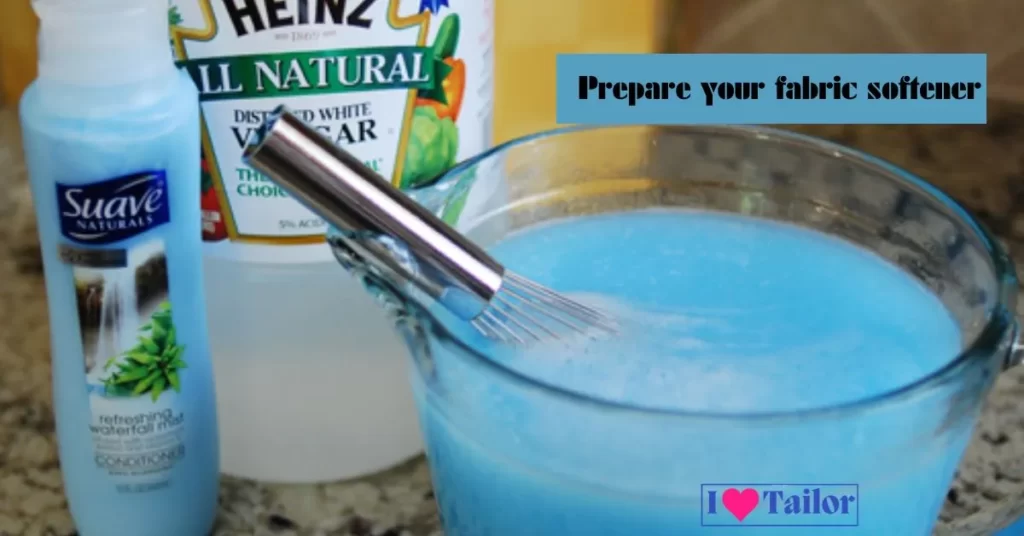
While waiting for the transition to the rinse cycle, take this time to dilute your fabric softener. Why dilute it? Undiluted fabric softener can be too strong and may leave stains or spots on your clothes. To avoid this, mix equal parts of fabric softener and water.
Pause the cycle and add the softener

As soon as you notice the shift to the rinse cycle, quickly pause your washing machine. Pour the diluted fabric softener evenly over your clothes in the washing machine drum. Be careful to distribute it as uniformly as possible to ensure every piece of clothing gets treated.
Resume the rinse cycle
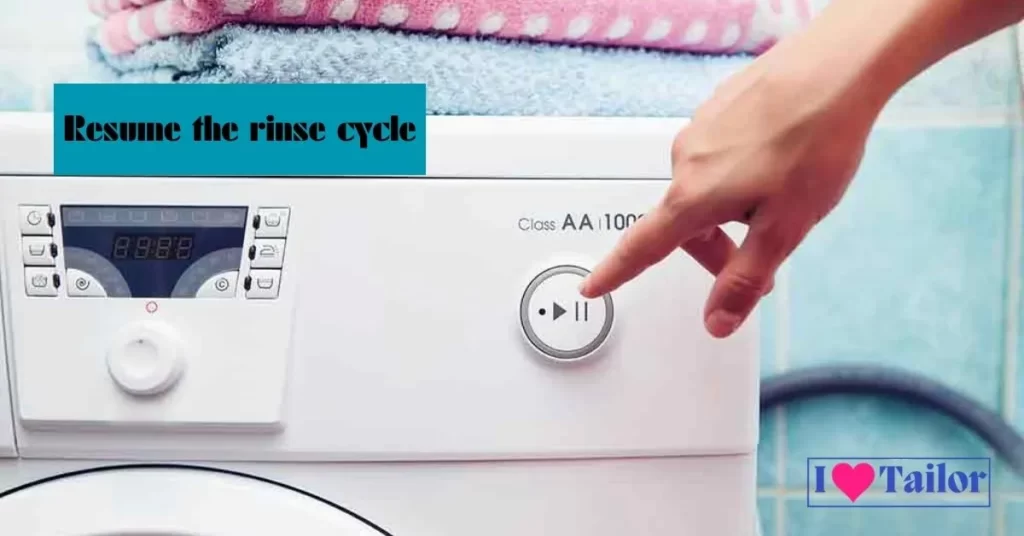
After adding the fabric softener, close your washing machine and restart the rinse cycle. The remaining cycle will disperse the fabric softener evenly through your laundry, ensuring the best possible results.
Considerations and risk avoidance
When adding fabric softener manually, it’s essential to keep a few things in mind.
- Always adhere to the instructions mentioned on your fabric softener bottle. These instructions can vary depending on the brand and type of softener.
- Dilute your fabric softener before pouring it directly onto your clothes to prevent any possible staining.
- Be quick when adding the fabric softener during the rinse cycle. Adding it too late could decrease its effectiveness.
Alternatives to fabric softener and their usage
Fabric softeners are widely used to reduce static cling, improve the scent, and enhance the softness of clothes. However, some people might want to avoid fabric softeners due to allergies, cost, or environmental concerns. Thankfully, there are several alternative methods you can employ to achieve the same result. Let’s explore some of these alternatives and their application processes.
Vinegar
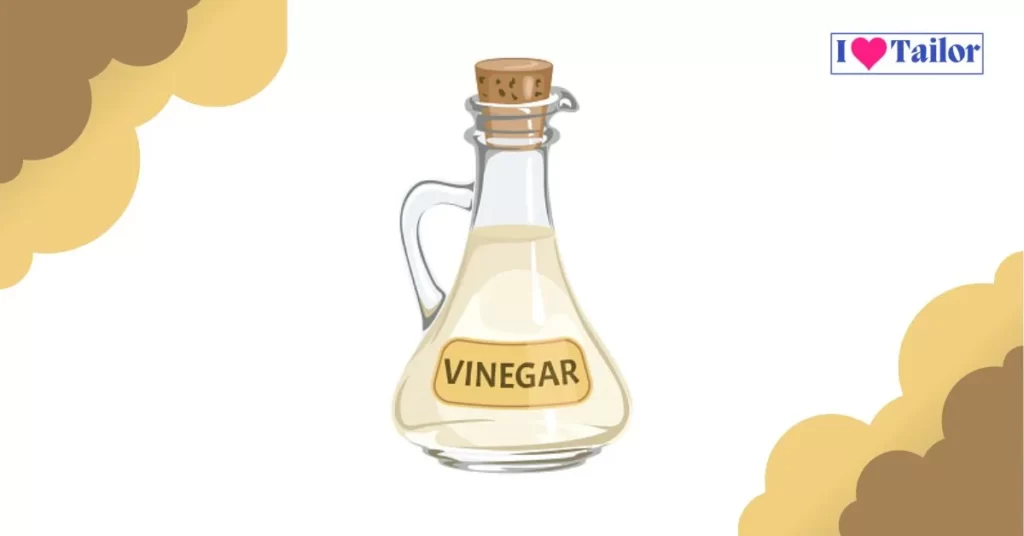
One of the most popular alternatives to fabric softeners is vinegar. Vinegar can effectively soften clothes, reduce static cling, and remove any lingering soap residue.
Using process:
- Pour one-half to one cup of white vinegar into your washer during the rinse cycle, just as you would with fabric softener. Do not worry about the vinegar smell; it dissipates as the clothes dry.
Also read: Will vinegar get fiberglass out of clothes?
Baking soda
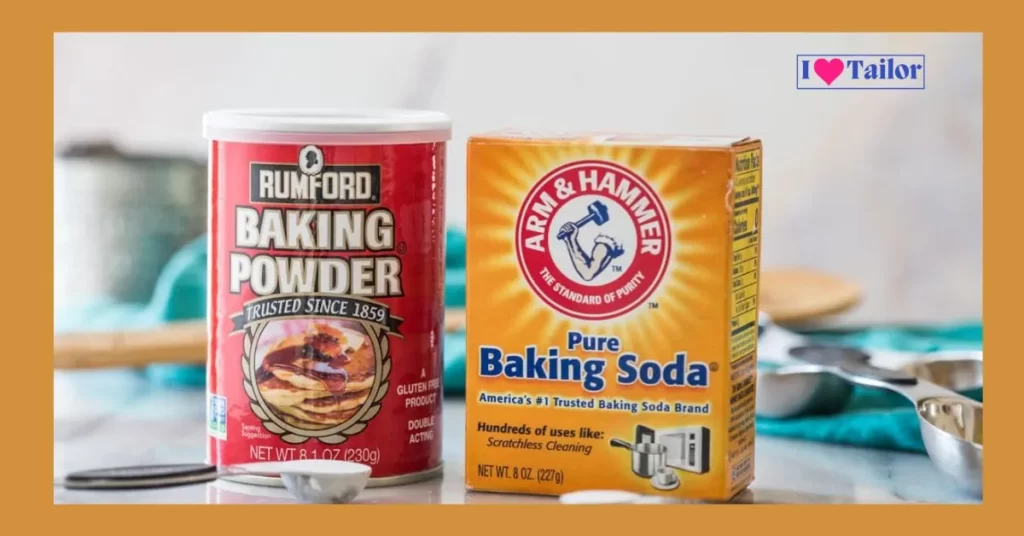
Baking soda is another household item that can replace fabric softeners. It softens water, so it allows the soap to work more effectively, and it also helps to soften clothes.
Using process:
- Add one-half cup of baking soda to your washing machine along with your regular detergent at the beginning of the wash cycle.
Wool dryer balls
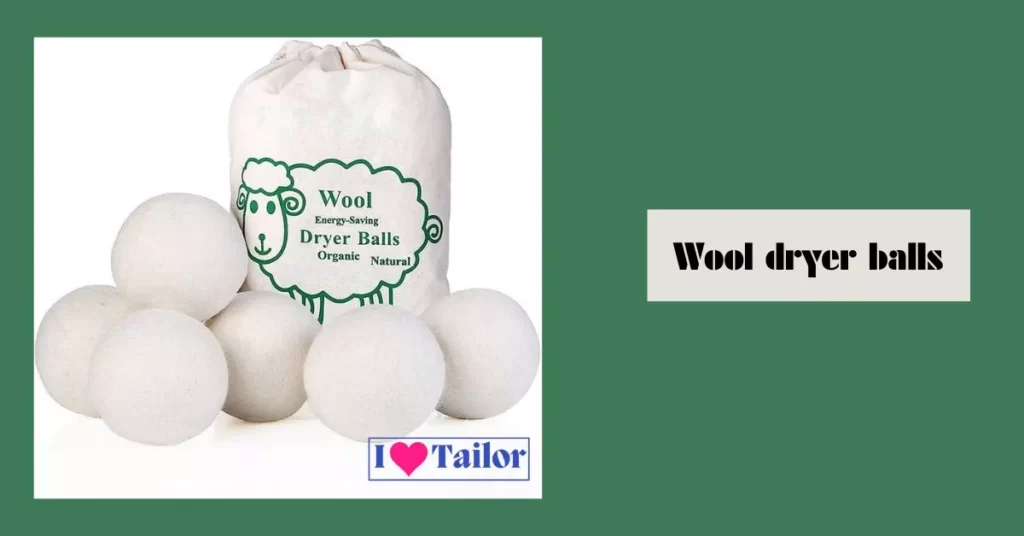
Wool dryer balls are natural, reusable, and can significantly reduce drying time. They also help to soften clothes and reduce static.
Using process:
- Simply toss a few wool dryer balls into the dryer along with your laundry. For a touch of fragrance, you can add a few drops of your favorite essential oil to the balls before use.
FAQs
Can I add fabric softener at the beginning of the wash cycle?
No, it’s best to add a fabric softener during the rinse cycle.
What happens if I put fabric softener directly on my clothes?
If not properly diluted or spread, fabric softener can leave spots or stains on your clothes.
Can I use fabric softener for all types of clothes?
Some fabrics don’t work well with fabric softeners. Always check the care label on your clothing.
What can I do if I forget to add a fabric softener during the rinse cycle?
You can run an additional rinse cycle and add the fabric softener then.
Can I use fabric softener in a Whirlpool washer without a dispenser?
Yes, by following the steps outlined in this article, you can easily add fabric softener even without a dispenser.
Conclusion
Even though your Whirlpool washing machine lacks a built-in fabric softener dispenser, you should still use fabric softener on your clothing. By remaining vigilant and timing the addition of fabric softener correctly, you can ensure that your clothes come out of every wash smelling clean and feeling incredibly soft.
Thanks!

